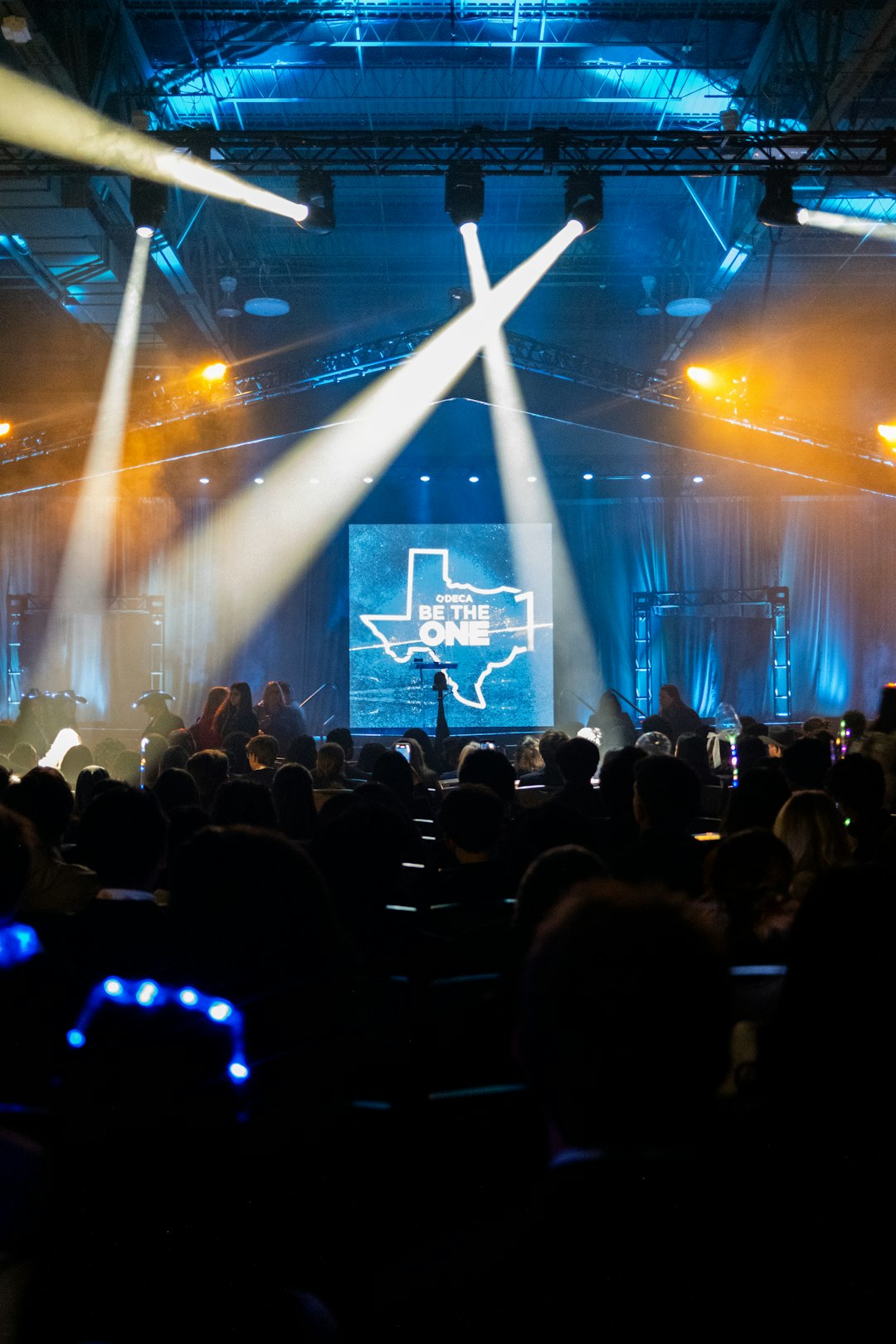The Role of Media in Fostering Cultural Diversity and Inclusion
In today’s interconnected world, the media plays a pivotal role in shaping opinions, disseminating information, and influencing the way we perceive different cultures. Through various platforms such as television, radio, newspapers, and the internet, the media has the power to either perpetuate stereotypes and biases or promote cultural diversity and inclusivity. In this blog post, we will explore the significant role that media plays in fostering cultural diversity and inclusion.
First and foremost, media outlets have the responsibility to accurately represent the rich tapestry of cultures that exist in our society. By showcasing a diverse array of voices, stories, and perspectives, the media can challenge stereotypes and broaden our understanding of different cultures. For example, through documentaries and news features, the media can introduce us to the cultural practices, traditions, and values of communities that may be unfamiliar to us. By doing so, it helps to break down barriers and foster curiosity and respect for other cultures.
Moreover, the media has the power to amplify marginalized voices and provide a platform for them to be heard. By giving space and visibility to individuals from diverse backgrounds, the media promotes inclusivity and empowers those whose voices have traditionally been silenced or ignored. This can have a profound impact on society, as it allows for a more nuanced understanding of different cultures and challenges the dominance of a single narrative.
Additionally, the media has the potential to shape public discourse and influence public opinion. Through news reporting and analysis, media outlets can shed light on issues of social justice, discrimination, and inequality, thereby sparking important conversations about cultural diversity and inclusion. By illuminating these issues, the media can prompt individuals and institutions to reflect on their own biases and take action towards creating a more inclusive society.
Furthermore, the media can act as a catalyst for social change by showcasing successful examples of diversity and inclusivity. For instance, the Hollywood film industry has come under scrutiny in recent years for its lack of diversity both in front of and behind the camera. However, with movements such as #OscarsSoWhite and #TimesUp gaining momentum, media outlets have started to recognize the importance of representation and diversity. By promoting films, television shows, and music that celebrate cultural diversity, the media can influence industry practices, encourage diversity in casting, and challenge the status quo.
In light of the proliferation of social media platforms, individuals now have the ability to create and share their own content, bypassing traditional gatekeepers of information. This democratization of media has allowed for the amplification of diverse voices and experiences that have historically been excluded from mainstream media. Activists, artists, and content creators from marginalized communities can now express themselves and challenge dominant narratives, fostering cultural diversity and inclusion in their own right.
In conclusion, the media holds immense power in shaping our perceptions and understanding of different cultures. By accurately representing diverse communities, amplifying marginalized voices, shaping public discourse, promoting successful examples of diversity, and embracing the democratization of media, it can foster cultural diversity and inclusion. It is essential for media outlets to recognize their pivotal role in promoting inclusivity and ensure that they are actively contributing to a more diverse and equitable society. Ultimately, by striving for authentic representation and embracing the richness of our cultural differences, the media can play a transformative role in fostering a world that celebrates and embraces diversity.









